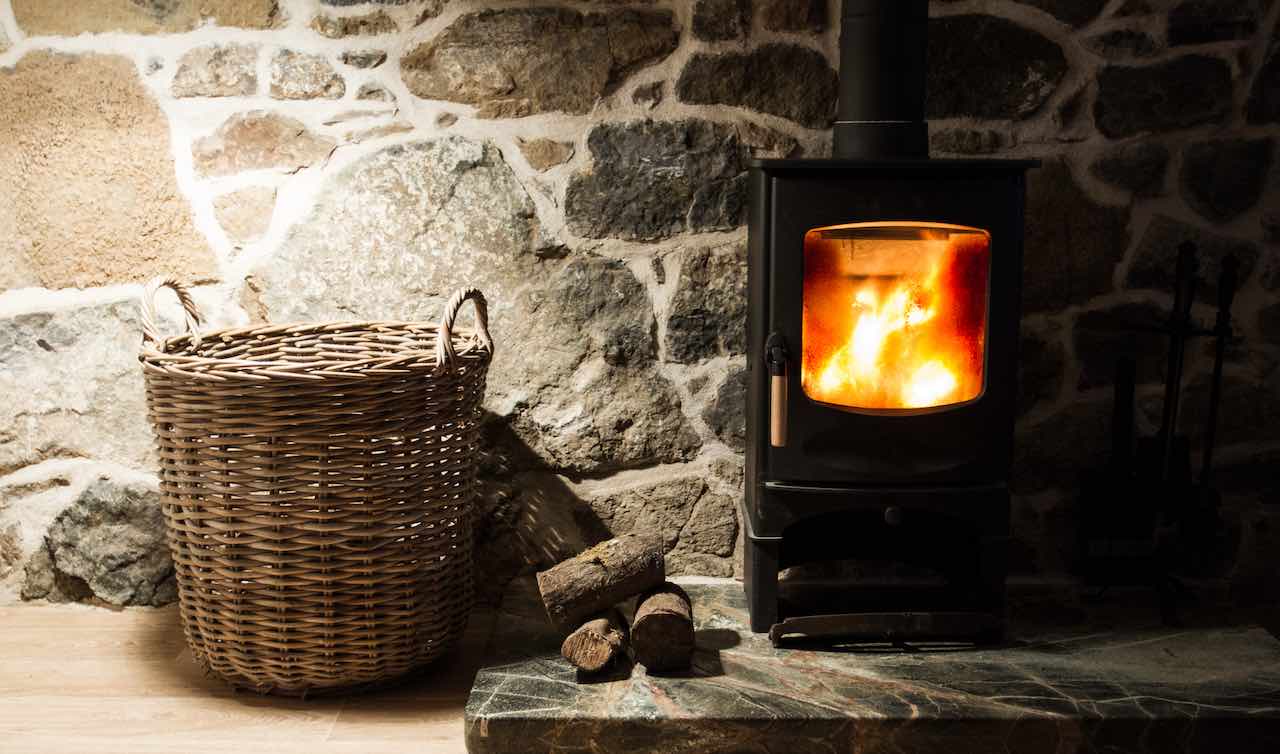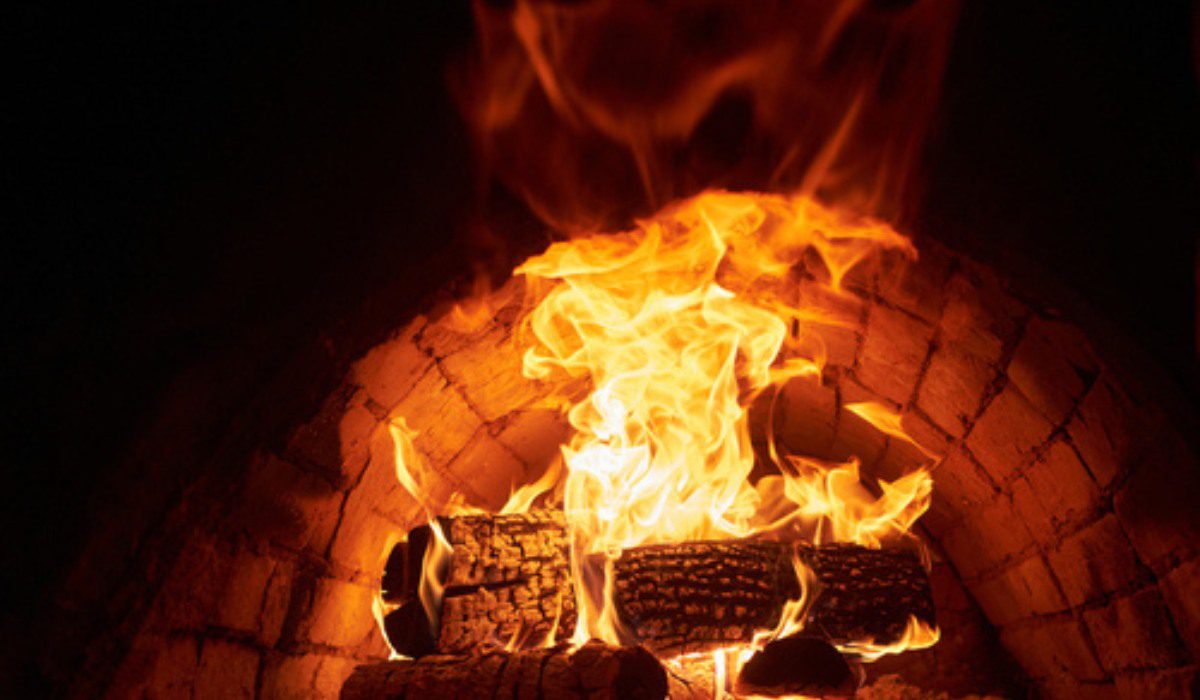If you’ve got yourself a nice wood burner at home, you probably know just how important fire bricks are for keeping that stove running smooth and safe. Now, fire bricks, they’re not just fancy little blocks that sit in your stove for no reason. No, they do a mighty big job, reflectin’ heat into your room, while protectin’ the wood burner from the scorchin’ temperatures inside.
First off, fire bricks are usually made from a few different materials like vermiculite, clay, or even cast iron. All of ‘em help in their own way, but let me tell you, not all fire bricks are made the same. Some are more expensive than others, but don’t worry, there are ways to save a little money if you’re lookin’ to fix or replace your bricks without breakin’ the bank.


Clay Bricks are probably the most common kind. They’re a good option, though they can cost a pretty penny sometimes. But you can still get the job done with regular clay bricks too, just make sure you don’t use concrete bricks – they’ll blow up on ya. Now, you can often find used bricks, and they work just as well! I found some used ones not too far from where I live. A landscaper was sellin’ ‘em by the pallet, all taken from gardens where folks were re-doing their landscaping. So, if you’re lucky, you might just find some good ol’ used bricks for a bargain price.
Now, if you’re not keen on the idea of used bricks, you can always look into castable and rammable refractory cements. These are special kinds of materials that you can mold and shape to fit your stove’s firebox. Some of these materials come in different varieties that either insulate well or reflect heat, and it can really depend on what kind of heat you need. Mizzou, for instance, is a tough one – almost like a hard firebrick, but tougher. Kast-o-lite, on the other hand, is a bit softer and insulates better, so it’s good for stoves that need a bit more insulation.
If you’re tryin’ to fix your stove, it’s important to know that fire bricks serve a big purpose. Not only do they reflect heat, but they also keep that heat from doing any damage to your stove itself. Without fire bricks, all that heat can start warpin’ or crackin’ the stove’s inside parts, and that’s no good for anyone. These bricks line the firebox, especially on the sides and the back, and they keep everything safe.
What are Fire Bricks Used For?
- Fire bricks line places where there’s lots of heat, like in kilns, furnaces, and chimneys.
- They are essential in wood burners, helping to protect the stove while reflecting heat into the room.
- They’re also used to help maintain high temperatures, making your wood burner work more efficiently.
If you’ve got a wood burner, you’ve gotta make sure you’re usin’ the right kind of fire bricks. The thickness of the bricks can depend on your stove, and it’s usually about 25mm thick. Some folks even use vermiculite fireboard because it’s light and easy to cut, plus it comes in different thicknesses and densities, depending on what you need. You can find packs of 12 bricks or boards, which is a good option for a quick fix.
When it comes to replacing your bricks, like the Yeoman Devon wood burner lower side bricks, make sure you’re gettin’ the right size. These particular ones are 235mm x 115mm x 25mm with beveled edges, and they fit real well for the lower sides of your stove. You’ll want to measure carefully before you buy, just to be sure you’re gettin’ the right ones.


And don’t forget, if you’re buying your bricks from a good supplier, they might offer a price match promise. So, if you find a cheaper price elsewhere, they’ll make sure you’re payin’ the best price. That’s always a bonus, especially when you’re workin’ with things like fire bricks that you need to last a long time!
How to Install Fire Bricks
Now, if you’re ready to put those fire bricks in, it ain’t too hard to do, but it’s important to be careful. First, make sure the stove is completely cool before you even think about takin’ it apart. You don’t want no burn injuries! Then, carefully remove the old fire bricks if they’re cracked or broken. Check the firebox to make sure there’s no soot or ash left behind – you don’t want that mixin’ with your new bricks.
Once the old ones are out, you just place the new fire bricks in the same spots. They should fit snugly, but if they don’t, you might have to trim them a bit. Just take your time and make sure everything’s nice and secure. You don’t want no bricks wobblin’ around when you’re tryin’ to keep the stove hot!
And there you go! You’ll have a good set of fire bricks in place, and your stove will be runnin’ like a dream. Just remember, fire bricks are a big part of what makes a wood burner work safely and efficiently, so take care of ‘em!
Tags:[fire bricks, wood burners, stove maintenance, clay bricks, vermiculite fireboard, castable refractory cement, wood stove parts, fire brick replacement]



